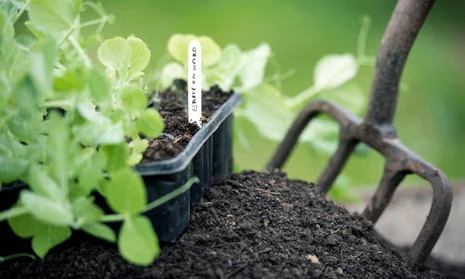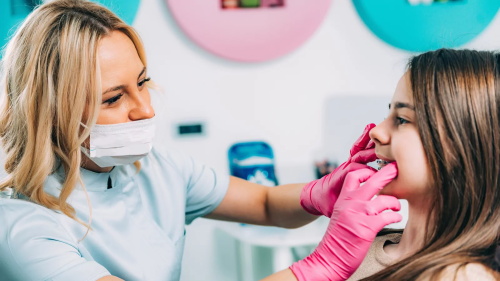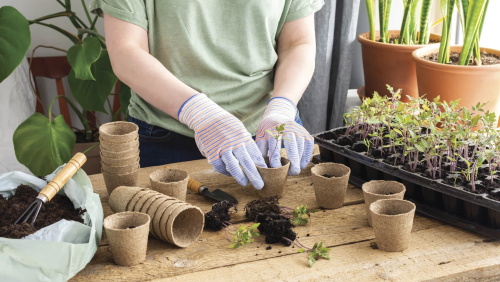
Hardening off seedlings is a crucial gardening practice that gradually acclimates tender, indoor-raised plants to the outdoor environment. This process ensures that seedlings thrive once transplanted into garden beds, minimizing the risk of transplant shock, which can lead to wilting, stunted growth, or plant loss. By following a structured approach over one to two weeks, gardeners can strengthen plant cell walls, enhance leaf resilience, and bolster overall plant health, leading to vigorous growth and higher yields.
Why Hardening Off Matters?
Seedlings grown indoors are accustomed to stable temperatures, consistent humidity, and filtered light. Abrupt exposure to direct sunlight, wind, or fluctuating temperatures can damage leaf tissue and stunt growth. Gradual exposure, or "hardening off," triggers adaptive changes in plants, such as thickening of leaf cuticles and adjustment of stomatal behavior to reduce water loss. This process increases the plants' hardiness, making them more robust once transplanted outdoors.
Step-by-Step Process
1. Prepare the Environment
Begin the hardening-off process seven to 14 days before the intended transplanting date. Choose a calm, overcast day when temperatures are above 45°F (7°C) for tender seedlings and 50°F (10°C) for more cold-sensitive varieties. Select a sheltered outdoor spot away from direct wind and harsh midday sun—such as under a porch or beside a fence—to start the acclimation process.
2. Initial Exposure (Days 1–3)
On the first day, place seedlings outdoors for one hour in their sheltered spot, ensuring the soil remains moist but not waterlogged. Each subsequent day, incrementally increase outdoor time by one to two hours, always monitoring for signs of stress such as wilting, sunburn, or curled leaves.
3. Intermediate Exposure (Days 4–7)
By day four, seedlings should tolerate four to six hours outside. Begin introducing them to dappled sunlight in the mornings or late afternoons to strengthen stems and promote chlorophyll production. Continue to shield them from strong winds, which can desiccate foliage, by clustering pots or using windbreaks like cardboard or mesh fabric.
4. Full-Day Exposure (Days 8–14)
Between days eight and ten, allow seedlings to remain outdoors for most of the daylight hours—up to eight hours—if conditions remain mild. Nights should still be cool enough that plants are brought in after sunset. By the end of the two-week period, seedlings should confidently endure full sun and cooler nights (above 50°F), indicating readiness for transplanting into garden beds.
Benefits and Next Steps
Successfully hardened-off seedlings exhibit sturdier stems, deeper green foliage, and faster establishment once transplanted. This translates into earlier blooms, higher yields, and a more resilient garden overall. After transplanting—ideally on an overcast day to reduce shock—continue attentive care: water deeply once weekly, mulch to conserve moisture, and monitor for pests or disease. By respecting the natural adaptation process, gardeners turn fragile indoor starts into outdoor champions, ensuring a bountiful and visually stunning garden season.
Recommend:

Whitsunday Wonders: Scenic Marvels of Australia's Great Barrier Reef Islands

Vitamin B12: The key to health and daily supplementation guide for vegetarians33.3

What is the best age for children to wear braces?

A quick nap is good for your brain

